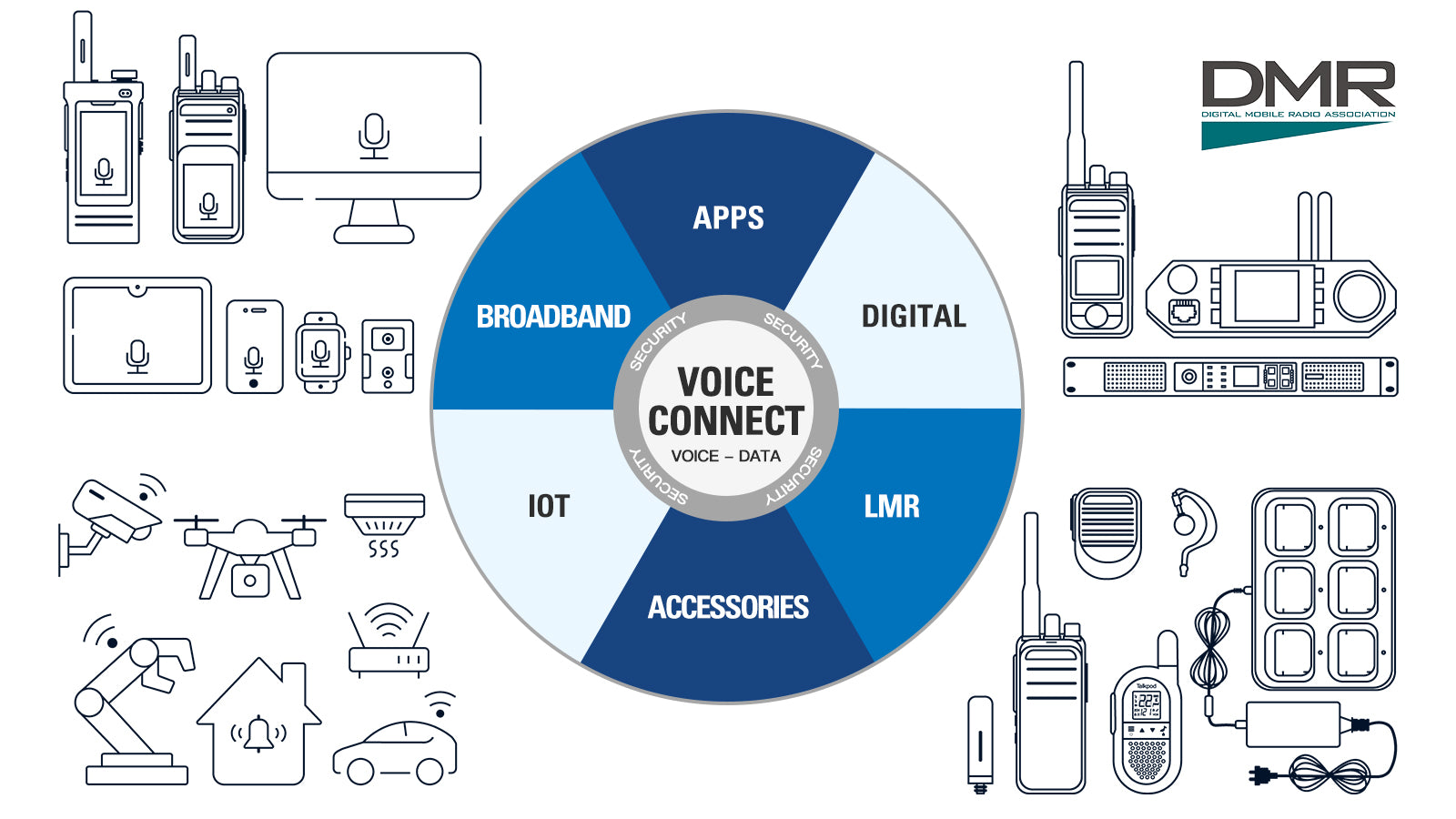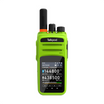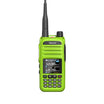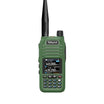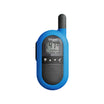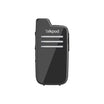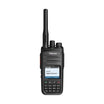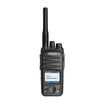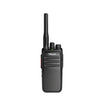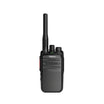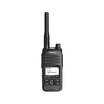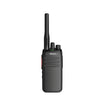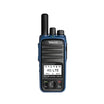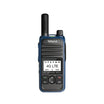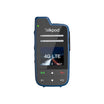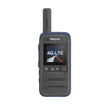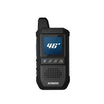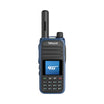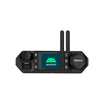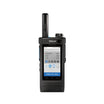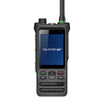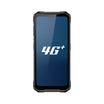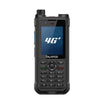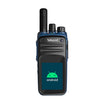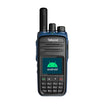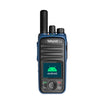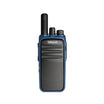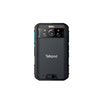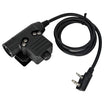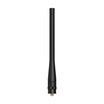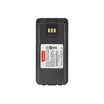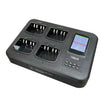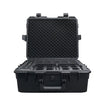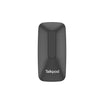In today's interconnected world, wireless communication technologies play a pivotal role in facilitating seamless connectivity and information exchange. Among the plethora of options available, Push-to-Talk Over Cellular (PoC) radios and Digital Mobile Radio (DMR) systems stand out as prominent contenders. As these technologies continue to evolve, a pertinent question arises: Will PoC radio replace DMR radio in the future? Let's delve into the intricacies of both technologies to gain a better understanding.
Understanding PoC Radio and DMR Radio
PoC Radio:
PoC, or Push-To-Talk-Over-Cellular, represents a modern two-way communication technology designed to transcend the limitations of conventional walkie-talkies. Offering features like audio and video applications, group calling, SMS messaging, and GPS, PoC radios provide users with seamless connectivity regardless of distance. With the advent of 4G coverage and the promise of 5G technology, PoC radios are poised to revolutionize communication across various sectors.
DMR Radio:
DMR, or Digital Mobile Radio, is an international standard that aims to simplify and enhance two-way communication systems. DMR radios boast advanced features such as interfacing with external networking channels, emergency calls, remote monitoring, and more. By eliminating the complexities of analog communication, DMR radios offer users a streamlined and efficient communication experience.
Benefits of PoC Radio:
- Remarkable Long-Distance Coverage: PoC radios transcend the limitations of traditional radios by offering extensive coverage, enabling users to communicate over long distances without additional equipment.
- Immediate Communication: With PoC radios, users can communicate safely and instantly with local and international team members, enhancing productivity and efficiency.
- Perfect Security Control: PoC radios prioritize security, offering end-to-end encrypted communication and secure data storage on cloud-based servers.
- Brilliant Sound Quality: PoC radios deliver crystal-clear audio quality, even in noisy environments, ensuring clear and effective communication.
- Cost-Effectiveness: PoC radios offer a cost-effective communication solution, eliminating the need for additional equipment and maintenance costs associated with traditional radios.
Benefits of DMR Radio:
- Modified Control Functions: DMR radios feature advanced functionality traits, including reverse channel signaling, enhancing control and flexibility.
- Open Standard: DMR radios operate on an open standard, providing users with compatibility specifications and enabling seamless connectivity without additional service charges.
- Intelligent Audio Boost: DMR radios automatically adjust sound volume according to the environment, ensuring optimal audio quality.
- Longer Battery Life: DMR radios offer extended battery life, enabling users to utilize advanced features for prolonged periods without frequent recharging.
The Future of Wireless Communication:
While both PoC and DMR radios offer unique benefits, the future of wireless communication lies in convergence. Rather than replacing one another, the trend is towards multi-mode radios that combine the functionalities of PoC and DMR technologies. By leveraging the strengths of both systems, multi-mode radios provide users with unparalleled versatility, coverage, and efficiency in communication.
In conclusion, PoC and DMR radios represent significant advancements in wireless communication technology. While each offers distinct advantages, the future lies in convergence, where multi-mode radios seamlessly integrate the best features of both systems to meet the evolving needs of users across various industries. As technology continues to advance, the possibilities for enhanced connectivity and communication are limitless.


